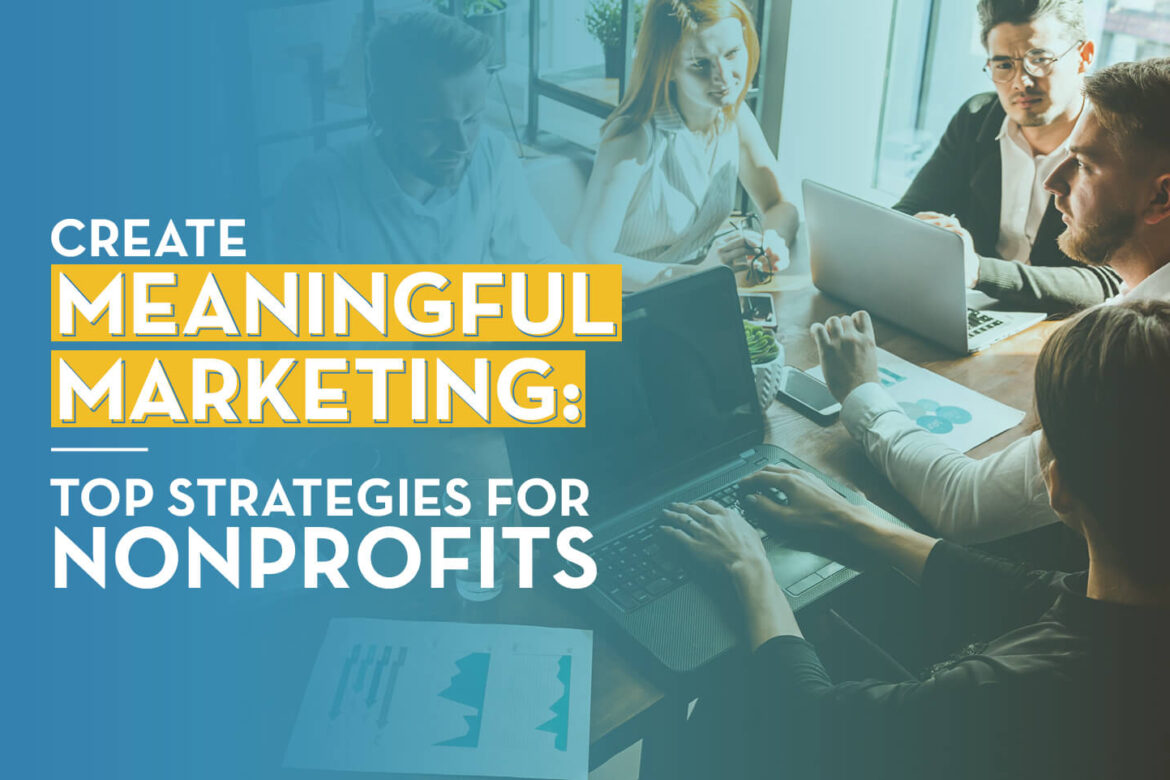Imagine you graduated from college a few years ago and haven’t heard much from your university since. If you receive a fundraising ask out of nowhere, you’ll likely be confused and frustrated by the appeal. You might ...
How to Use Data Visualization in Fundraising Reports
Nonprofit data maturity doesn’t begin and end with collecting donor data and impact information for internal fundraising use. Organizations with more advanced data practices ...
4 Ways to Identify Prospective Donors
Having insight into your prospective donors' philanthropic activities and past patterns can help track and predict future donations. Here are some ways to identify prospective donors.
5 Fundraising Ideas for Small School Groups and Teams
While fundraising is essential for any school group or team, it doesn’t have to feel like a chore. The most successful fundraisers bring students together and engage the whole community. From the sweet scent of freshly ...
Create Meaningful Marketing: 5 Strategies for Nonprofits
To create truly engaging marketing materials, your nonprofit needs a thoughtful approach. Use these tips to bring more meaning to your marketing strategies.
Association Data Management: 4 Tips for Reaching Members
Effective association data management helps you understand and connect with members. Learn how to manage and leverage your data to improve member engagement.






